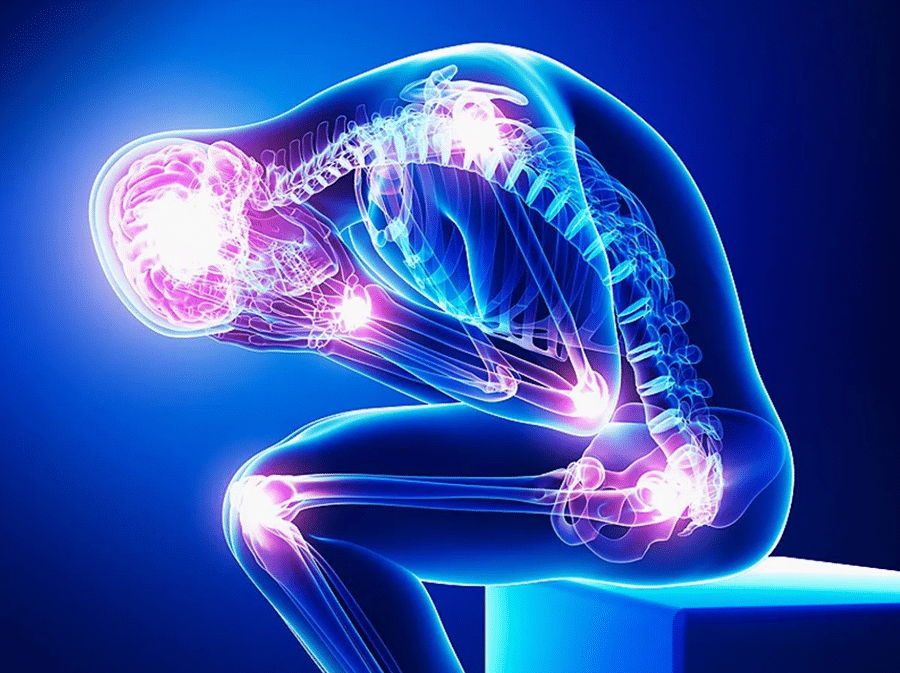Muscle pain is an almost universal experience, touching lives across every age, profession, and lifestyle. Whether the result of an intense workout, a long day at the desk, or even the natural progression of aging, these aches can range from mildly annoying to severely debilitating. However, the good news is there’s no need to accept this discomfort as an inevitable part of life. This post introduces seven proven methods, grounded in science and expert advice, to help relieve and even prevent muscle pain. With the right approach, relief is within reach.
Contents
Foam Rolling
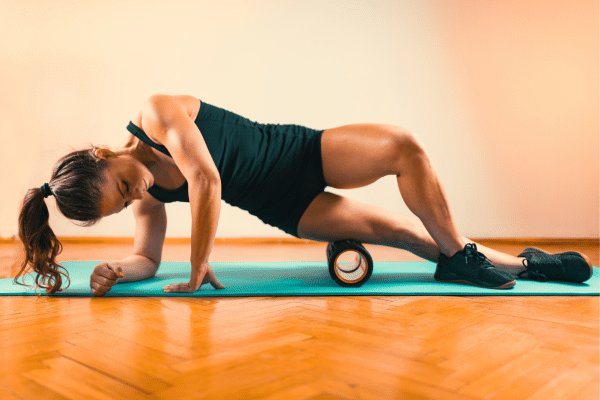
Foam rolling, often termed self-myofascial release, is a technique where individuals use a cylindrical foam tool to apply pressure to sore and tight muscle areas. This process aids in breaking down knots, increasing blood flow, and relieving tension. Regular foam rolling sessions can drastically improve flexibility, function, and, most importantly, reduce muscle soreness. It’s no wonder that many athletes and fitness enthusiasts have incorporated this practice into their post-workout routines.
Yet, it’s not just for the sports-minded. Even those who find their muscle pain comes from prolonged sitting or standing can benefit from foam rolling. It’s a cost-effective and straightforward tool that can make a significant difference in muscle health. With various foam roller types available, from smooth to ridged, there’s an option tailored to everyone’s pain relief needs.
Proper Nutrition
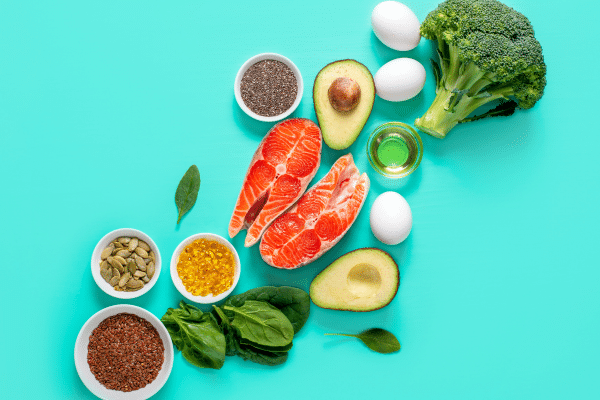
Muscle health isn’t solely about the external treatments and exercises; it’s also intrinsically linked to what one consumes. Specific nutrients play a pivotal role in muscle repair, growth, and overall function. For instance, protein aids in muscle repair, omega-3 fatty acids reduce inflammation, and magnesium can help to alleviate muscle cramps and spasms. Incorporating these nutrients into a balanced diet can expedite recovery and reduce the onset of muscle pain.
However, it’s equally crucial to be wary of foods that can exacerbate muscle pain. Inflammatory foods, rich in sugars and trans fats, for example, can intensify inflammation, slowing the body’s natural healing process. By choosing whole, anti-inflammatory foods like berries, fatty fish, and green leafy vegetables, one creates a diet that supports muscle health, expediting relief from pain and discomfort.
Stretching
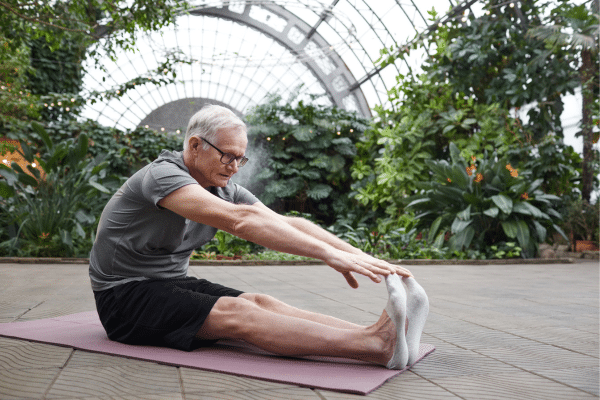
Incorporating a consistent stretching routine is vital for muscle health and overall body flexibility. Stretching not only improves the range of motion but also aids in the circulation of blood, ensuring that muscles receive essential nutrients. Whether it’s a focused yoga session or a few minutes dedicated post-workout, stretching can significantly reduce muscle tightness and alleviate pain. The key is to be gentle and attentive, ensuring stretches are held long enough to be effective but not so long as to cause injury.
Different types of stretching serve unique purposes. Dynamic stretching, often integrated into warm-ups, involves moving through a range of motion repetitively and can prepare muscles for activity. On the other hand, static stretching is done post-activity, where one holds a stretch for a longer period. This type relaxes the muscles, helping to reduce post-exercise soreness and improve flexibility over time.
Hot and Cold Therapy
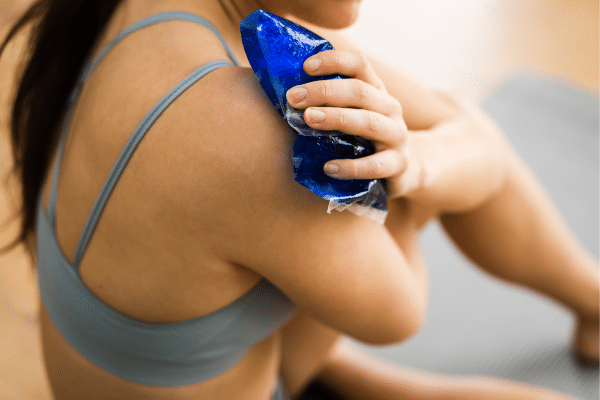
Harnessing the power of temperature can be a potent tool in the battle against muscle pain. Heat therapy, whether through warm baths, heating pads, or hot packs, works wonders for chronic muscle pain or stiffness. It increases blood flow, relaxes muscles, and can soothe discomfort. For those who’ve ever sunk into a hot bath after a long day and felt the tension melt away, this therapeutic effect of heat on muscles is unmistakable.
Conversely, cold therapy, often involving ice packs or cold compresses, is a first-line defense against acute injuries like sprains or post-workout soreness. The cold helps to reduce inflammation and numb the affected area, offering immediate relief. However, it’s essential always to have a barrier, like a cloth, between the skin and the ice source to prevent cold burns. Alternating between hot and cold therapy can sometimes offer comprehensive relief, ensuring muscles benefit from increased blood flow and reduced inflammation.
Over-the-Counter Pain Relievers
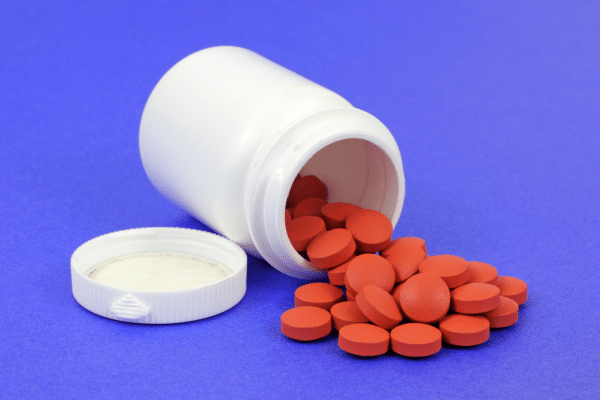
In some instances, muscle pain can be persistent and require more immediate relief. Over-the-counter (OTC) pain relievers, like ibuprofen or acetaminophen, offer a temporary solution for such cases. They work by reducing inflammation and blocking pain signals, providing respite from discomfort. For those who’ve recently intensified their workouts or are dealing with acute muscle pain, these OTC solutions can be invaluable.
However, caution is essential when considering these medications. Over-reliance or extended use can lead to adverse effects, including stomach problems or liver damage. Moreover, it’s crucial to follow the recommended dosages and be aware of any potential interactions with other medications. As always, consulting with a healthcare professional before starting or changing any medication regimen is recommended.
Staying Hydrated
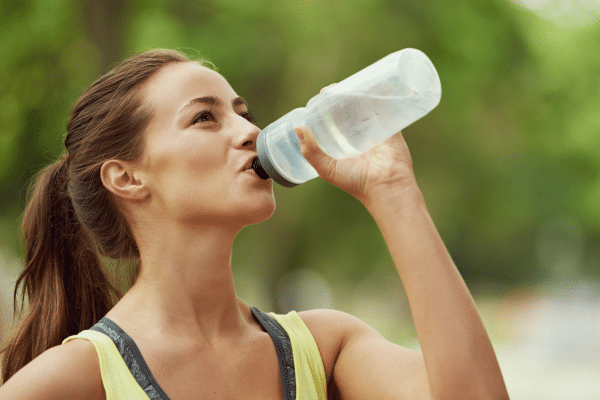
Water plays an indispensable role in muscle health and function. Muscles, like other tissues, require adequate hydration to perform optimally. Dehydration can lead to muscle cramps, decreased strength, and prolonged recovery times. Ensuring a regular intake of water, especially before, during, and after exercise, can prevent these issues and promote efficient muscle function.
Signs of dehydration include dark yellow urine, dizziness, dry mouth, and fatigue. To support muscle health and overall well-being, it’s crucial to pay attention to these signs and prioritize hydration. While the exact amount of water one should consume can vary based on numerous factors, a general guideline is to drink at least eight 8-ounce glasses of water daily, with increased intake during physical activity.
Massage Therapy
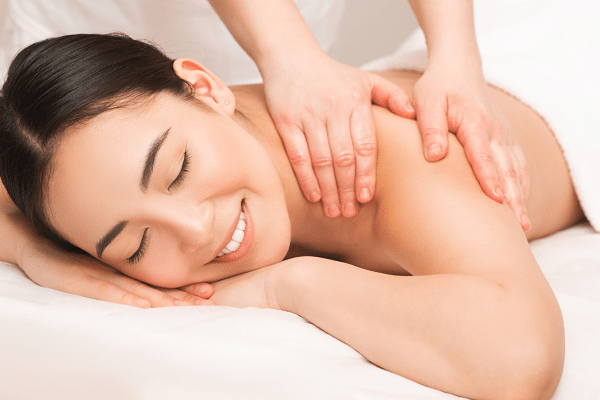
Massage therapy has been recognized for centuries as a method to relieve muscle tension and promote relaxation. Various techniques, from deep tissue to Swedish massage, target different muscle issues. For instance, deep tissue massage focuses on the deeper layers of muscle and connective tissue, making it particularly beneficial for those with chronic muscle pain or stiffness.
Regular massage sessions not only offer immediate relief but also promote better blood flow and flexibility in the long run. However, it’s essential to seek a certified massage therapist to ensure that the techniques used are both safe and effective. Whether opting for a massage post-workout or as a regular treatment for chronic pain, the benefits on muscle health are significant.
Rest and Recovery

After all the proactive measures to promote muscle health, the body’s natural repair processes still hold immense value. Sleep and rest are crucial periods where the body gets to repair damaged muscle fibers, reduce inflammation, and rejuvenate. Overworking muscles without allowing them adequate recovery time can lead to increased pain, fatigue, and even injury.
Balancing periods of physical activity with sufficient rest ensures that muscles remain healthy and resilient. Especially after intensive workouts or activities that are new to one’s routine, it’s essential to allow the body the time it needs to heal. This balance is the cornerstone of maintaining long-term muscle health and preventing pain.
The Bottom Line
Navigating the realm of muscle pain can be daunting, but with the right tools and knowledge, relief is attainable. From the external benefits of foam rolling and massage to the internal support from proper hydration and nutrition, each strategy plays a pivotal role. By integrating these proven methods into daily routines and listening to the body’s signals, it’s possible to not only alleviate existing pain but also prevent future discomfort. It’s a journey towards a pain-free, healthier life.


